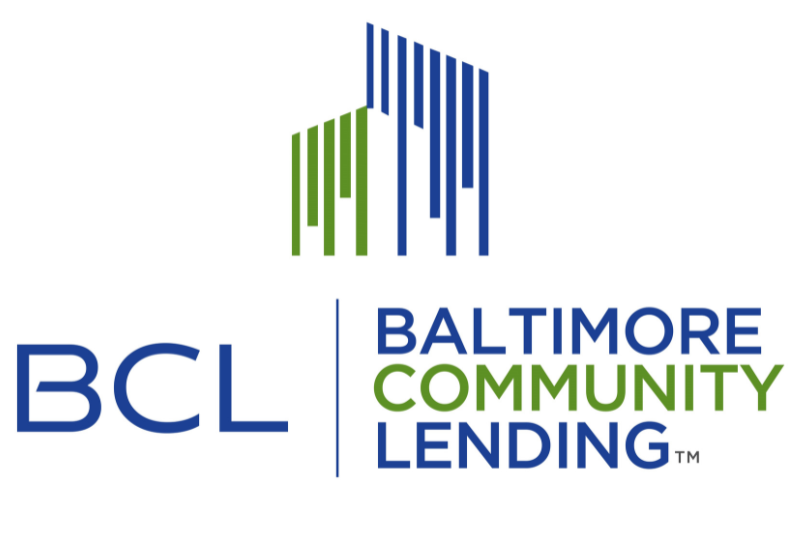Baltimore is home to approximately 12,500 businesses, of which 11,700 or 93 percent are small business firms with fewer than 50 employees, with 6,500 of these businesses having fewer than five employees. Approximately 53 percent of these businesses are minority-owned, and women own 47 percent. Prior to COVID-19, many of these businesses faced significant challenges accessing needed capital— due to business size, race, gender, and the inability to provide adequate collateral. As a result, many businesses have turned to more expensive capital resources, including but not limited to high-interest credit cards and online lenders, many of whom are predatory and finding a larger foothold in our city. These trends were concerning prior to the pandemic, and COVID has exacerbated the already existing lack of affordable capital conditions in our community.
That said, in my testimony today, I would like to address the substantive issues and concerns facing my CDFI in Baltimore and CDFIs like mine around the country. As an African American-led CDFI, BCL is a member of the African American Alliance of CDFI CEOs (Alliance). The Alliance is a nonprofit coalition comprised of over 46 CDFIs covering 50 states, with the purpose of strengthening the operational and fiscal capacity of Alliance members and empowering their organizations to deploy solutions at scale to build sustainable wealth, equality, and just quality of life for low-and moderate-income Black populations and communities across the U.S. Central to the Alliance’s mission is the objective of closing the Black wealth gap— through CDFI practice and advocacy, ensuring access to capital and continued growth of African American businesses and the Black economy.
CDFIs can play a significant role in narrowing the racial wealth gap and have been an effective tool in generating economic development in low-income and African American communities. However, African American-led CDFIs have been significantly underfunded, greatly impacting our ability to stimulate and grow local Black economies that have consistently experienced disinvestment and underinvestment for centuries.
According to a recent study conducted by the Hope Policy Institute, covering the period between 2014 to 2017, the assets of White-led CDFIs grew by $21.8 billion, while the assets of minority-led CDFIs grew by just $682.5 million. Another study found that when nonprofits provide support within Black communities, agencies headed by Black executives experience a 24 percent smaller organizational budget than nonprofits led by White executives.
This is an unfortunate result and directly impacts capital liquidity and our ability to successfully fund businesses and economic development in the communities we serve. Data show that when lenders, technical assistants, business coaches, housing and credit counselors, loan officers, and community lenders reflect the identities and experiences of their non-White potential clients, the rate of funding, professional support, loan flexibility, and positive economic outcomes increase dramatically.
In the recent COVID relief packages passed by Congress, this body ensured that the CDFI Fund (Fund) received additional appropriations, which is a big step in the right direction. However, in passing the Emergency Capital Investment Program (ECIP), a program which provides $9 billion in investment capital targeting minority-led CDFIs, low-income communities, and areas of persistent poverty, the legislation excluded non-bank CDFIs, leaving many of our organizations still void of needed investment capital. We believe it was the original intent that non-bank CDFIs not be excluded, and we ask that you consider opening additional authority and appropriations, specifically targeting minority-led non-bank CDFIs, low-income communities, and areas of persistent poverty. Inclusion of non-bank CDFIs such as members of the Alliance and other CDFIs of color is needed and essential to implementing ECIP and will lead to greater program success. While minority-owned and other depository institutions and credit unions are a conventional start in reaching African American, low-income and underserved communities, non-bank CDFIs, particularly those led by communities of color, have consistently proven our ability to reach and successfully deploy capital with those communities that need it most.
That said, I would also ask that you look to the New Markets Tax Credit Program as another mechanism for directly reaching minority-led CDFIs. As a former reviewer of the Program, I am concerned that many minority-led and smaller CDFIs/CDEs may be excluded from receiving awards, not due to their lack of experience or ability, but because the Program scoring system prefers larger more tenured applicants. In theory, all other factors being equal, an applicant with eight years of experience will score higher than one with five years of experience, and therefore receive the award. Many minority-led and smaller CDFIs/CDEs, while having significant experience and capacity, may have less time in practice and will always lag in time when compared to older applicants. A possible solution for the committee to consider is whether the Fund should preserve a portion of each allocation cycle for emerging qualifying CDFIs/CDEs. Greater participation of emerging CDFIs/CDEs and allocatees would directly impact underserved and low-income communities in rural and metropolitan areas when considering that CDFIs/CDEs embedded in targeted communities are often best positioned to understand the needs and priorities on the ground.
Thank you for the opportunity to provide testimony and share my views on these important issues. This committee has consistently supported CDFIs and community and economic development in our nation’s rural and urban regions. We look forward to our continued work together and developing solutions for small businesses, affordable housing, and job creation. Thank you.
WATCH THE FULL RECORDING HERE.
